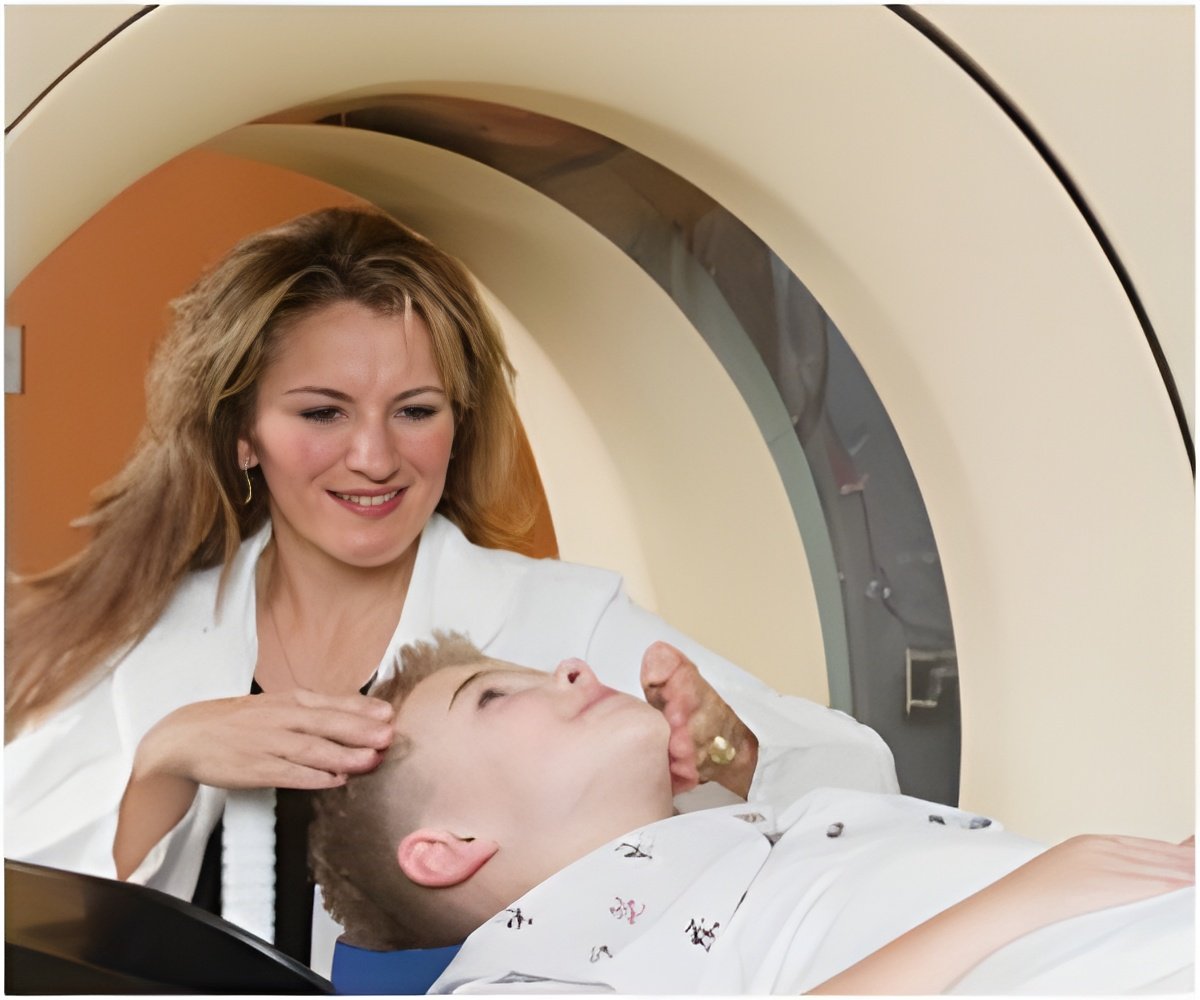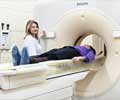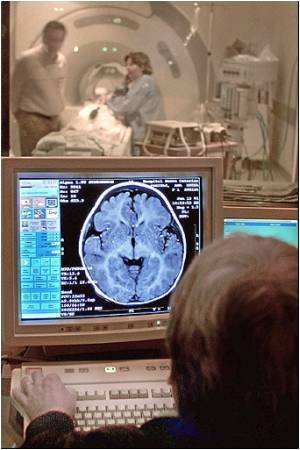
"When not clinically indicated, not performing a CT examination is certainly the best radiation dose reduction strategy. However, when a CT scan is indicated, there are steps that can be taken to optimize the dose that children receive. It's important that all imaging providers take these steps as indicated," said Mannudeep K. Kalra, MD, author of the article.
Investigators from Massachusetts General Hospital, Harvard Medical School, in Boston, MA, and Johns Hopkins University in Baltimore, MD, reviewed practical strategies for reducing radiation dose associated with pediatric CT examinations.
"Radiation dose reduction in children starts with the optimization of pediatric CT protocols. CT protocols should be strictly optimized on the basis of body size, body region, clinical indication and the availability of prior imaging," said Mahadevappa Mahesh, MS, PhD, author of the article.
Additional steps include using a lower tube current (and voltage), restricting the scan length to include only the region of interest and using new techniques of image post-processing and reconstruction.
"Children are more sensitive to radiation-induced risks and need special attention. Therefore, while designing CT protocols, it is crucial to keep clinical indications, weight and prior available imaging in mind to optimize radiation dose," said Mahesh.
Advertisement














